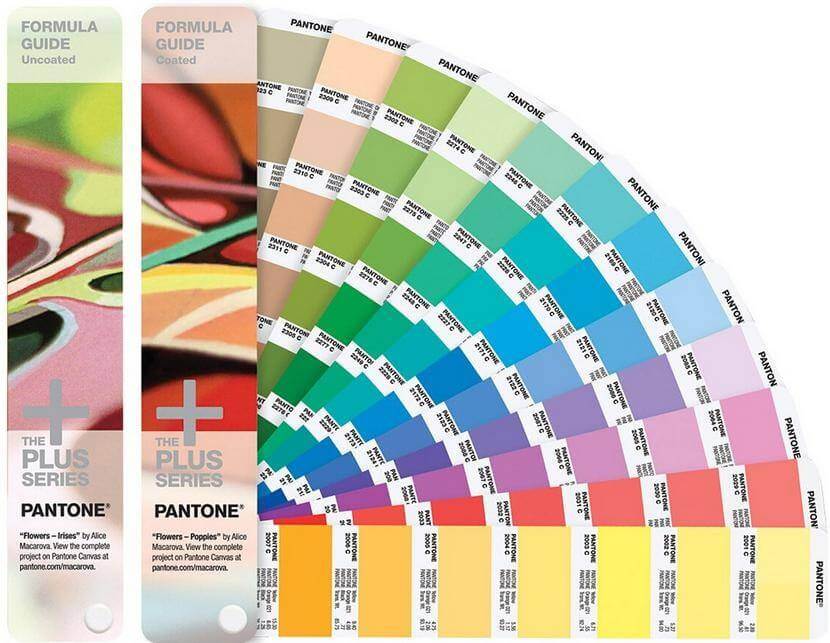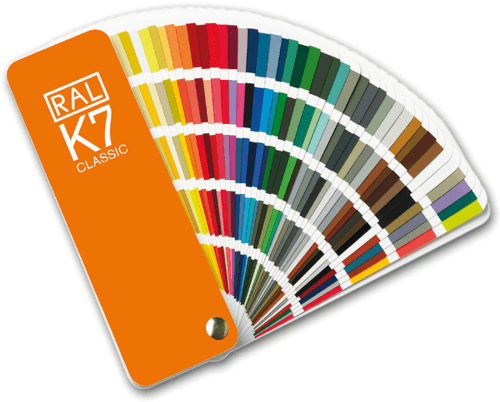A variety of plastics coloring systems can be used to get color for the plastic materials, each possessing its unique features, benefits, and weaknesses.now we share some plastics coloring process as below:
Select a Color Scheme
According to the plastic properties, the molding process, the toner characteristics, the color matching principles, the product requirements and other comprehensive considerations, match the various toners, and then achieve the required color requirements. Each color has a certain hue, a certain brightness, and a certain degree of saturation, so you can call up tens of thousands of different colors by changing these three factors. Therefore, during toning, it is the most basic technique to adjust the three factors of depth, hue and difference. The toning principle requires us to adjust the depth first and then the hue, because when the depth changes, the hue will definitely change.
The most porpular color matching systems include Panotone and RAL,please click below links for detail:
We always use this two systems to coloring plastics resin.
Adjust the Depth
According to the target sample, observe the degree of penetration and the depth of the hue, to determine the proportion of black and white in the composition; or for colors other than black and white, determine the color toner concentration or the proportion of the fluorescent toner in the color. The tinting strength of the toner can be identified by using various toners on the same plastic substrate. For instance, the PP material is added with 20g, 50g, 100g, or 300g, etc., to sufficiently determine its coloring degree. At the same time, we must understand the color change and concentration change of each color pigment after a certain proportion of titanium dioxide is added. In the process of coloring plastics, it needs to be clear whether the color is deep or dark in the depth direction. If it is deep, the hue can only be added with the toner. If it is dark, the toner can be added with the black color. Of course, a small amount of black can be added to increase the depth of a dark phase. In the shallow direction, the amount of titanium dioxide should be determined according to the degree of solid color. If it is not solid enough, it needs to be added with more titanium dioxide. In the meantime, other toners should be added in proportion, then estimate the proportion of colorants according to the shade of the hue and the tinting strength of various colorants.
Adjust the Hue
Theoretically, most of the colors can be matched with the mixture of the three primary colors of red, yellow and blue, but in fact, the colors of the various colorants are not simple colors but in between them, with the shade of the adjacent color. For example, the red toner contains yellowish red and blueish red, the blue toner contains reddish blue and greenish blue, and the yellow toner contains greenish yellow and reddish yellow. In the process of toning, pay attention to the complementarity of shades. For example, when the color is bright green, you can use the indigo green directly. If you need a darker green, you should choose greenish blue and greenish yellow to match the color, but not with the complementary reddish blue and greenish yellow.
Adjust the Difference
After estimating the depth and hue, the basic formula can be determined. After sampling, check the sample against the standard color, and then perform color difference correction. The color difference is related to the deviation of the depth, vividness, brightness, and hue. First of all, we need to determine what has caused the color difference – use the black and white toner to adjust the shade, and add a proper amount of toner, fluorescent power or whitening agent to adjust the vividness and brightness, while the hue can be adjusted by increasing or decreasing the amount of the toner or adjustment of the complementary colors, but be aware that the complementary colors may darken the color.


